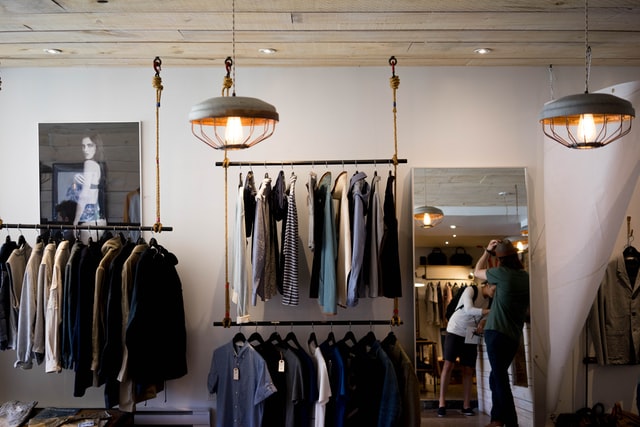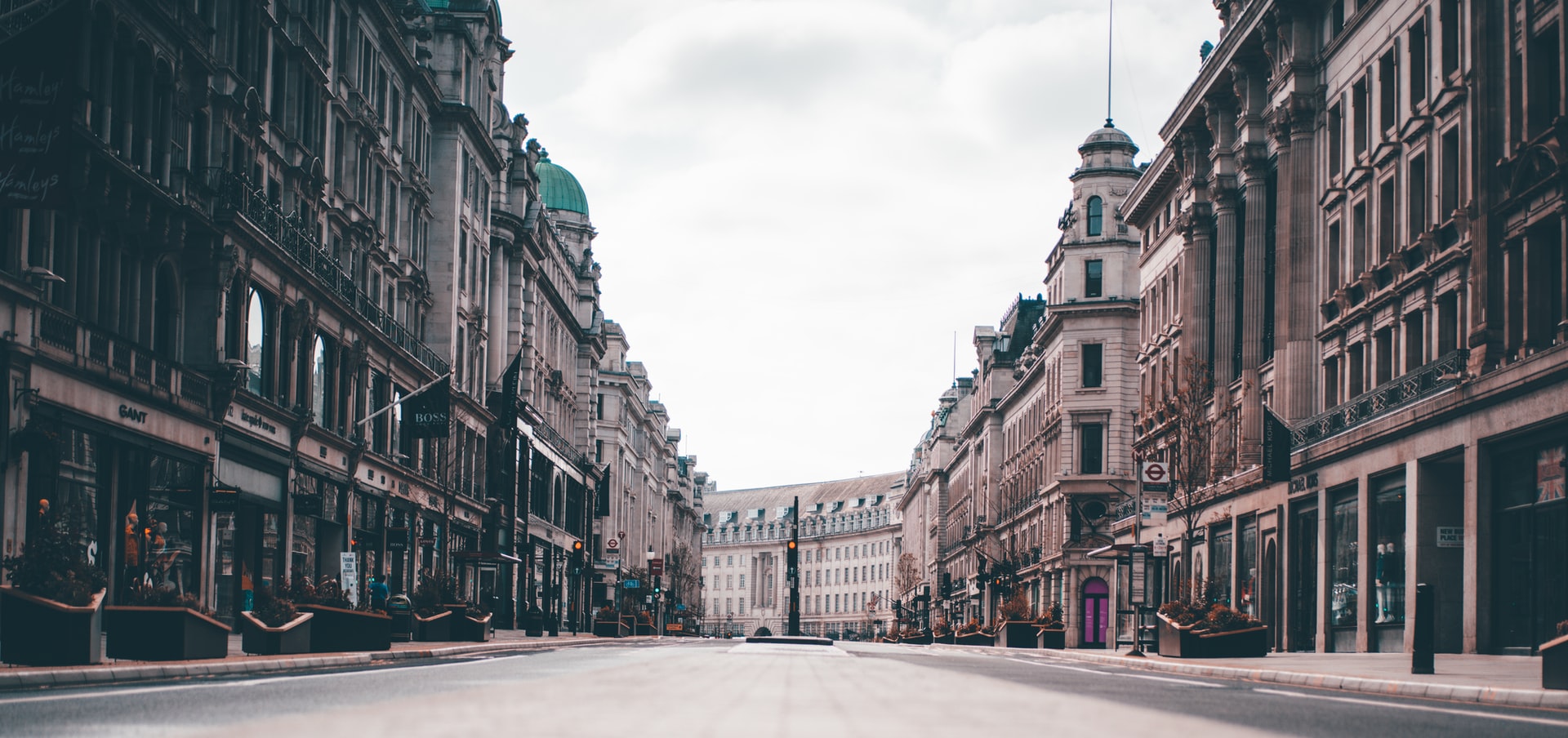US fashion retailer Gap has confirmed it will close all its stores in the UK and Ireland, and sell some outlets in Europe as it moves solely online. This is another blow to the UK’s town and city centres, coming after a year of coronavirus lockdowns that have battered the high streets. Gap’s plan is to reinvent itself as an online-only retailer like Debenhams, Topshop, and Miss Selfridge.
All 81 of their UK stores are to close in a phased manner from the end of August. It is unclear how many employees will be affected, but it is estimated that 1,000 jobs could be at risk.
Desperate Measures
Gap’s decision to close all its UK stores is drastic action that aims to restructure the UK arm of the business and pivot their proposition towards the only channel that they believe can support their survival: online.
The iconic ‘jeans and sweater’ retailer has been left with cost structures that are disproportionately weighted towards their physical channels, while online costs have also ramped up due to the digital shift. These rising costs are damaging their profitability, and the effects of the pandemic have left them with a physical estate that can no longer be justified.
Gap is unlikely to be the last victim of these seismic changes in the world of retail. It is probable that more big-name high street retailers will follow their lead, and not only clothing brands (although so far, they have been the ones affected most). Clothing retailers are often in large premises paying high rents and rates, which is no longer viable for them.
Online shopping has reduced footfall, and some are predicting that as much as 95% of shopping will be online by 2040. One of Gap’s major problems is that they have too many stores spread across too many locations, which means a very high-cost base. When you factor in how customers’ shopping habits have changed over the last year, the model is not feasible in a post-pandemic world.
So, what will happen to the nation’s high streets if this trend continues?
An Influx of Independents
Independent retailers will become vital to the future of UK high streets. With smaller shops come lower rents and rates, and independent organisations will be better suited than large chains to remain on the high street.
Besides, the online revolution has taught retailers that customers want to feel a close connection to brands whose ethos they feel aligned to. This is especially true of Generation Z. It could lead to a return to a more post-war type of high street, filled with independent stores stocked with ethically manufactured clothing. People increasingly want to know the provenance of the products they buy, and are often more socially conscious about supporting local businesses, even if it means spending a little more.

Smaller Big-brand Stores
Switching focus to online channels in the last year has shown traditional retailers that they no longer need to have such well-stocked, big-box stores. While well-known retailers that have survived the pandemic are not going to disappear completely, some will follow the lead of John Lewis and begin to occupy less space, and their physical dominance of the high streets will be less stated.
Soon, once the large retailers have relinquished some of their surplus space, we expect that their stores will no longer be overstocked with products, but instead will showcase ‘hero products’ that will be presented to customers by experienced and knowledgeable brand ambassadors. Instead of purchasing the item in-store, they’ll make use of the retailer’s omnichannel strategy; they’ll go home and order it from the retailer’s website, or even order it while standing on the shop floor, through the use of a smartphone.
Pop-up Stores for Online Brands
Out of chaos comes opportunity, and this will be especially true for web-based shops, and landlords who own high street commercial properties. As the traditional retailers strengthen their online channels, it will allow web-based stores to take advantage of physical spaces.
Most online brands will likely only want a physical store to showcase products for limited periods of time, but this will be good news for landlords, who could divide their existing units into smaller spaces and install technology that will allow temporary tenants to simply plug in their branding.

Residential Dwellings and Empty Spaces
Landlords also have the option of turning their commercial units into residential dwellings, which would be an effective way of bringing people back to town and city centres.
The long-term goal of reviving the UK’s high streets and developing each town or city’s unique sense of identity will take some years. In the meantime, empty shops will blight our town centres. This is due to high rents and rates, but also because investors who purchased these retail spaces in the 1990s don’t want to devalue their investments – it’s preferable for them to sit on empty units right now, rather than consolidate any losses.
Filling the Gaps is Critical
The COVID-19 pandemic has intensified the speed of change for high streets and shopping centres all over the UK. It’s very likely that Gap won’t be the last big-name brand to close its doors and focus solely on its online channels. As this happens, the big question is, what will the nation’s high streets become?
As they also serve as a catalyst for the bringing together of communities, particularly with a view to supporting mental health and wellbeing, the pressure to evolve the service offerings and make use of the empty spaces must become the prime focus.
RMS is one of the leading providers of merchandising and retail support services in the UK and Ireland. By utilising a nationwide workforce of skilled, flexible merchandisers, supported by flex, our state-of-the-art resource management system, we deploy teams of staff to support retailers across the country.